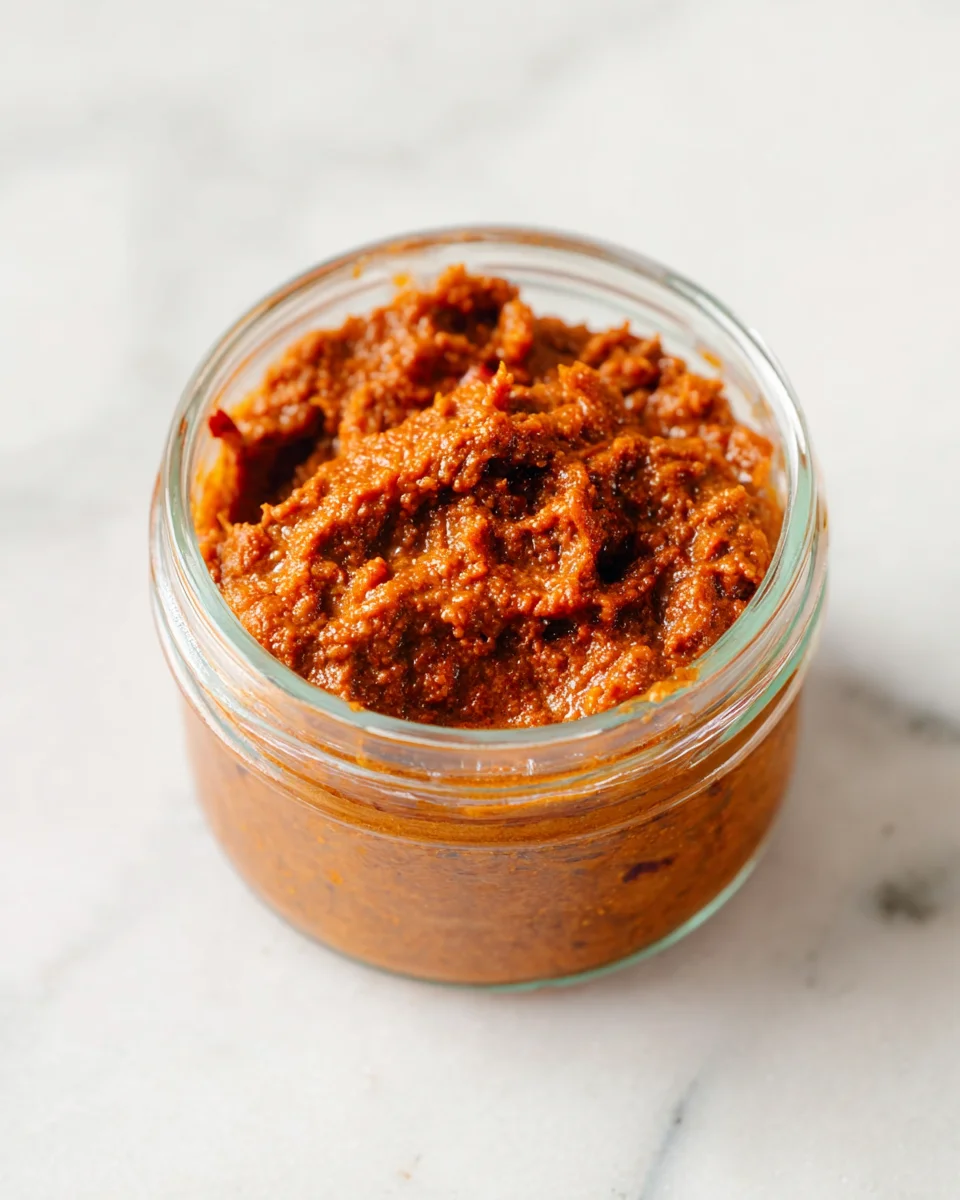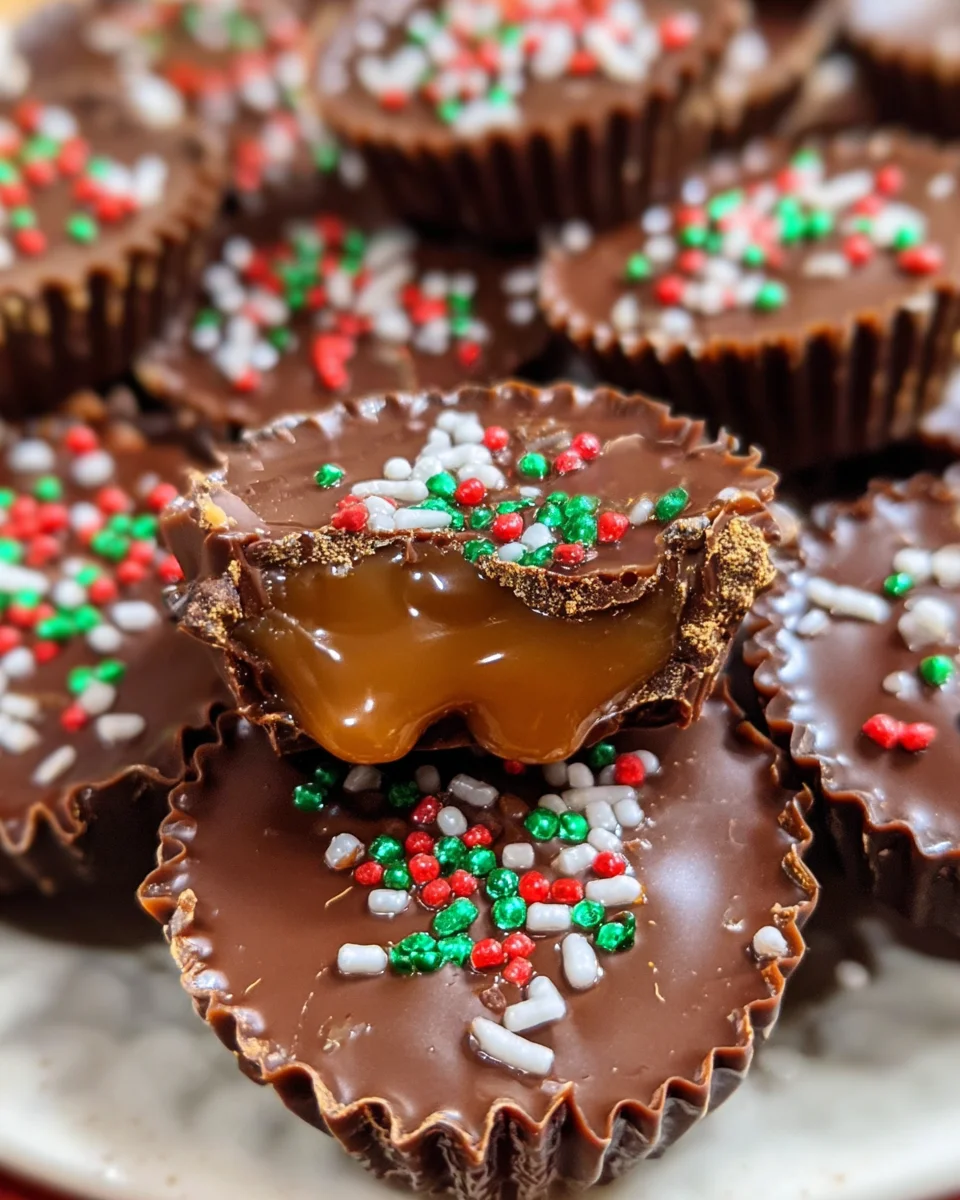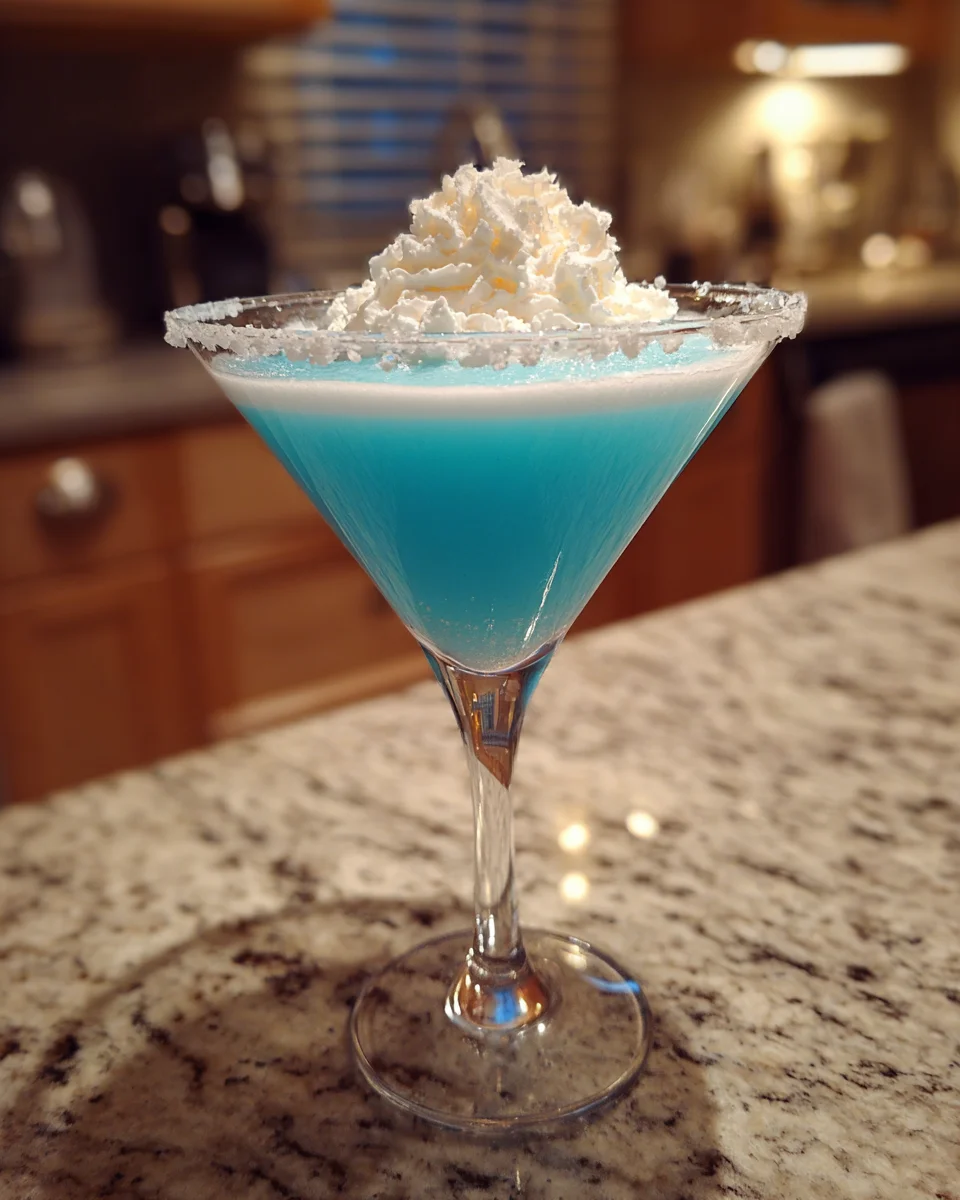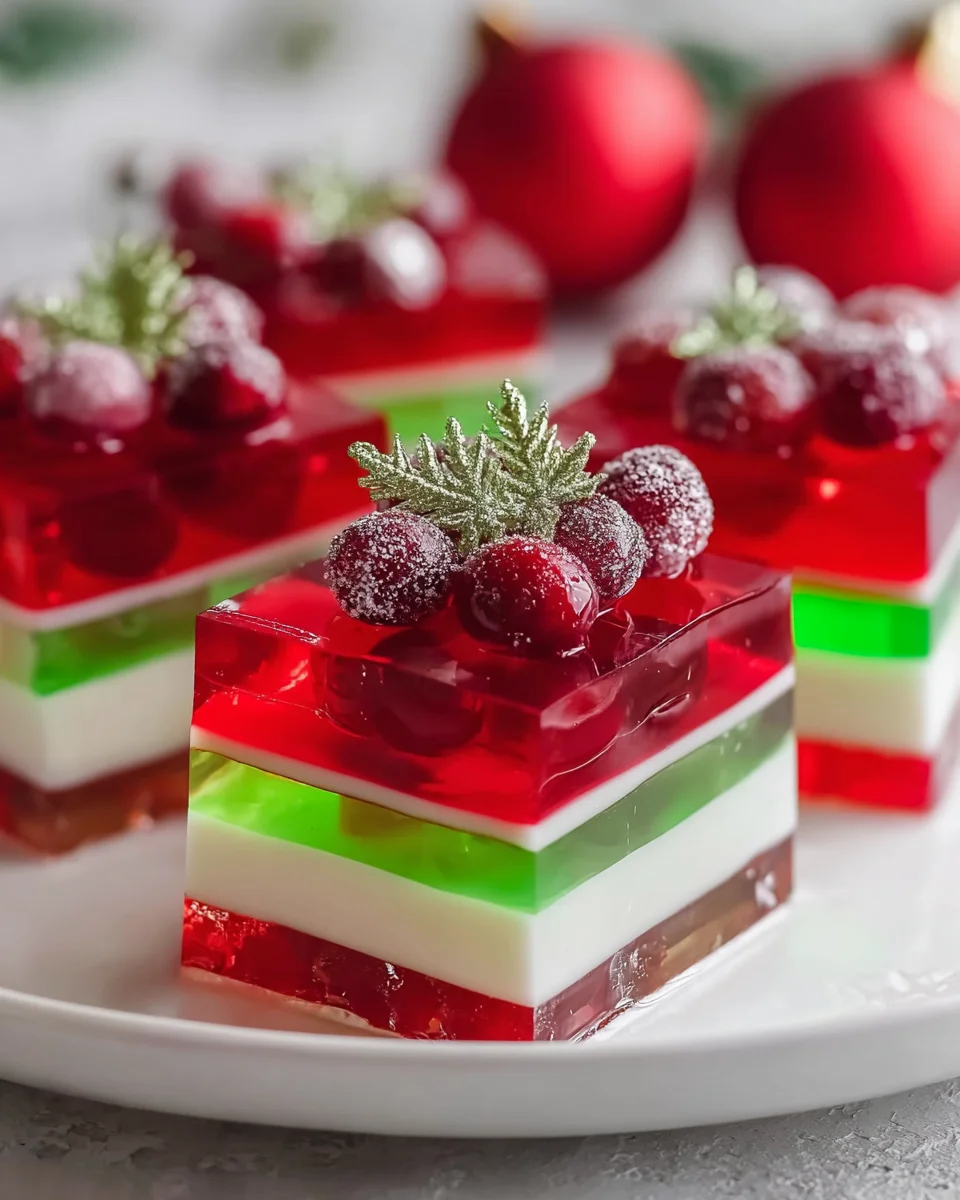Best authentic Thai red curry paste is the key to achieving the rich, bold flavors that make Thai cuisine so beloved. In this guide, we’ll walk you through everything you need to know to create your own paste at home using fresh, traditional ingredients. You’ll learn what makes a paste truly authentic, discover the essential herbs and spices, get step-by-step preparation instructions, and pick up expert tips for storage and use.
We’ll also explore how to source high-quality ingredients locally in the USA, compare homemade vs. store-bought options, and show you how to use your paste in classic Thai recipes. At the end, we’ll answer common questions people ask about Thai curry pastes so that you’re ready to cook like a pro.
Table of Contents
Introduction to Best Authentic Thai Red Curry Paste
What is Thai Red Curry Paste?
Thai red curry paste is a cornerstone of Thai cooking, delivering bold flavors through a carefully balanced blend of herbs, spices, and aromatics. Traditionally called prik gaeng ped in Thailand, this paste is used as a base in countless classic Thai dishes, lending them their signature color and heat. It typically combines fresh chilies, lemongrass, galangal, kaffir lime leaves, shallots, and a range of fragrant spices.
Authentic Thai red curry paste isn’t just about heat—it’s about the harmony between spice, citrus, and herbal notes. When made properly, the paste adds layers of complexity to curries, soups, and stir-fries that store-bought versions often can’t replicate.
Why Authenticity Matters in Thai Cuisine
Authenticity matters because Thai food is deeply rooted in balancing flavor profiles: sweet, salty, sour, spicy, and umami. A genuinely authentic Thai red curry paste ensures that you experience the same flavor harmony cherished in Thai households and restaurants.
Homemade pastes let you control freshness, quality, and intensity, ensuring your dish captures the essence of Thailand with every spoonful. By using fresh ingredients like lemongrass, kaffir lime leaves, and galangal, your paste will be vibrant and aromatic, just as intended in traditional Thai kitchens.
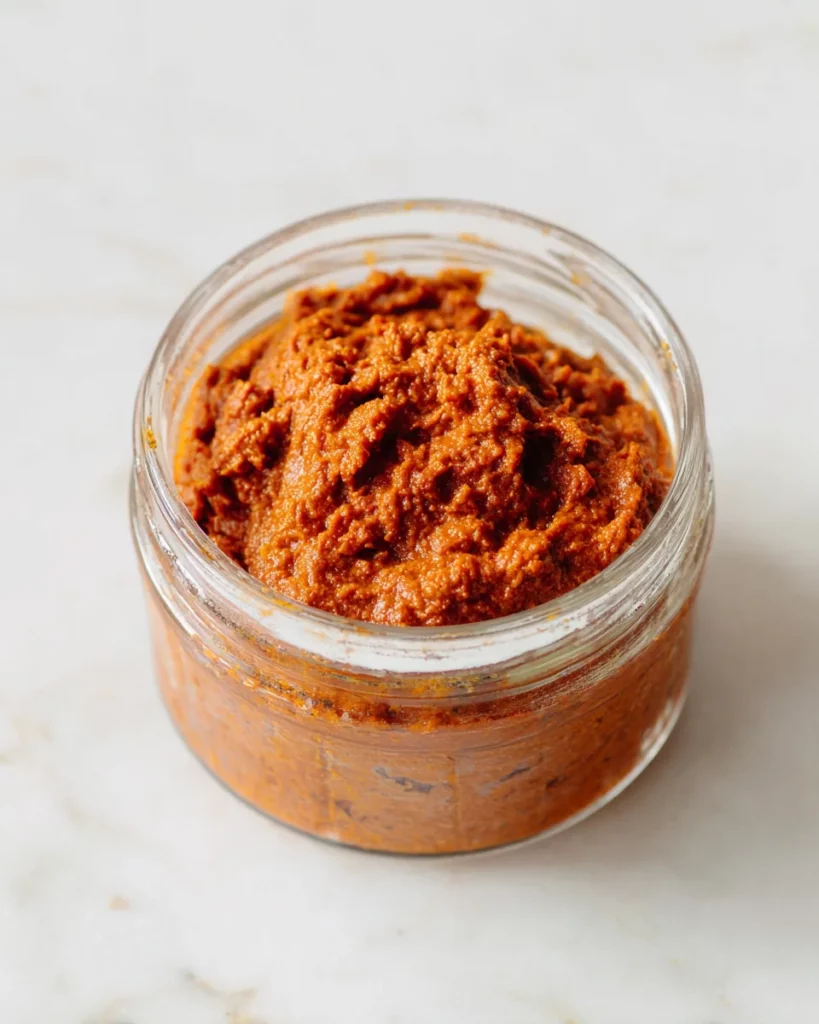
Core Ingredients for Best Authentic Thai Red Curry Paste
Fresh Aromatic Herbs and Spices Overview
The Best Authentic Thai Red Curry Paste is defined by the freshness and balance of its ingredients. Thai cuisine depends heavily on aromatics like lemongrass, kaffir lime leaves, and galangal, all of which lend citrusy, earthy undertones that make this paste so distinctive.
Here’s a closer look at what goes into an authentic paste:
| Ingredient | Purpose in Curry Paste |
|---|---|
| Shallots | Add sweetness and depth |
| Lemongrass | Brings citrusy freshness |
| Galangal | Offers a peppery, ginger-like bite |
| Kaffir Lime Leaves | Imparts bright, aromatic notes |
| Coriander Seeds | Adds warmth and complexity |
| Cumin Seeds | Earthy flavor profile |
| Red Chilies | Delivers heat and color |
| Fresh Turmeric | Contributes earthy bitterness and color |
All these ingredients work together to create a balanced flavor that embodies true Thai cooking.
Importance of Balance: Heat, Zest, and Aroma
Authentic Thai red curry paste isn’t just about being spicy—it’s about balance. The heat from red chilies is countered by the zesty brightness of lime zest and kaffir lime leaves, while earthy galangal and warming spices like cumin and coriander add depth.
A common mistake with homemade curry pastes is overloading the chilies, leading to an overwhelming heat that drowns out other flavors. The secret to a truly Best Authentic Thai Red Curry Paste is moderation and proportion.
Traditional Methods of Preparing Thai Red Curry Paste
Mortar and Pestle vs Blender: Which is More Authentic?
In traditional Thai kitchens, the mortar and pestle are the tools of choice for preparing curry paste. This method crushes and bruises the herbs and spices, releasing their oils and creating a rich, textured paste. The grinding action allows flavors to meld more deeply compared to mechanical blending.
But for home cooks, a high-powered blender or food processor can offer a practical alternative without sacrificing too much authenticity. When done carefully, you can achieve a smooth, aromatic paste quickly and efficiently, ideal for busy kitchens.
Choosing between these methods depends on your priorities:
- Mortar and pestle: Best for texture and authentic preparation
- Blender: Best for speed and convenience
Step-by-Step Guide Using Blender for Home Cooks
Let’s walk through how to make the best authentic Thai red curry paste using a blender:
- Gather your ingredients:
- 2 shallots, chopped
- 1 lemongrass stem, trimmed and finely chopped (~2.5–3 tbsp)
- 2 tbsp galangal, sliced
- ½ tsp lime zest
- 1 tsp ground coriander
- 1 tsp ground cumin
- Small piece of fresh turmeric
- Thin bunch fresh coriander
- 6 kaffir lime leaves
- 3–4 dried red chilies soaked in water
- Prepare ingredients:
Chop herbs and spices into small pieces for easier blending. Soak chilies in warm water to soften them. - Blend:
Place all ingredients in a blender with a small splash of water. Start blending, stopping to scrape down the sides as needed. - Adjust consistency:
Add more water gradually until you achieve a smooth paste. - Use or store:
Your paste is ready to use immediately, refrigerate for up to 2 days, or freeze for up to a month.
Ingredient Breakdown and Roles in Flavor Profile
Shallots, Lemongrass, Galangal, and Kaffir Lime Leaves
The secret to crafting the best authentic Thai red curry paste lies in understanding the distinct role of each ingredient and how they contribute to the overall flavor:
- Shallots:
Sweet, mild, and aromatic, shallots form the mellow base of the paste. They balance the heat from chilies while adding depth and richness. - Lemongrass:
Lemongrass infuses a citrusy, lemony brightness, crucial for that unmistakable Thai profile. Use only the tender inner stalk for the best flavor. - Galangal:
Sometimes confused with ginger, galangal has a sharper, peppery bite. It brings earthy complexity to the paste that no other ingredient can replicate. - Kaffir Lime Leaves:
These intensely fragrant leaves offer bold citrus notes and a uniquely zesty aroma that defines authentic Thai curry paste.
Coriander, Cumin, Turmeric, and Fresh Red Chilies
Next come the essential spices and heat that give Thai red curry paste its signature color and complexity:
- Ground Coriander:
Warm, nutty, and slightly citrusy, coriander grounds the flavors of the paste. - Ground Cumin:
Earthy and aromatic, cumin seeds add a subtle smokiness that deepens the overall flavor profile. - Fresh Turmeric:
Not just a source of vibrant color, fresh turmeric offers mild bitterness and earthiness, essential for authenticity. - Fresh or Soaked Dried Red Chilies:
These are the main source of heat and vivid red hue. Their type, quantity, and preparation determine how fiery and colorful your curry paste turns out.
Tips for Selecting the Best Ingredients Locally
Where to Find Authentic Thai Ingredients in the USA
To make the best authentic Thai red curry paste, ingredient quality matters as much as technique. While some ingredients are readily available at mainstream grocery stores, others might require a visit to an Asian market or a specialty store.
Here’s where to shop in the USA:
| Ingredient | Best Shopping Source |
|---|---|
| Lemongrass | Asian grocery stores or fresh produce markets |
| Galangal | Frozen section of Asian markets |
| Kaffir Lime Leaves | Fresh or frozen at Asian grocers |
| Dried Red Chilies | Spice aisles or bulk food stores |
| Fresh Coriander | Regular grocery stores or farmers markets |
| Shallots | Easily found in most supermarkets |
| Turmeric | Health food stores or international aisles |
If local options are limited, many online retailers now specialize in authentic Thai ingredients delivered fresh or frozen to your doorstep.
Fresh vs. Dried Ingredients: What Works Best
Fresh ingredients will almost always yield a more vibrant, aromatic curry paste. For example:
- Fresh lemongrass and galangal offer superior flavor compared to dried versions.
- Frozen kaffir lime leaves are a great substitute if fresh ones are unavailable.
- Dried red chilies (when soaked) work perfectly and are traditionally used.
Storage and Shelf-Life Tips
Refrigeration vs Freezing: How to Store Your Curry Paste
Once you’ve made the best authentic Thai red curry paste, you’ll want to store it properly to maintain its vibrant flavor and freshness. Fresh curry paste contains moisture and delicate herbs, so improper storage can cause it to spoil quickly.
Here’s how to do it right:
| Storage Method | Duration | Notes |
|---|---|---|
| Refrigeration | Up to 2 days | Store in an airtight container. Press plastic wrap directly on top of the paste to reduce oxidation. |
| Freezing | Up to 1 month | Portion paste into ice cube trays for easy use, then transfer frozen cubes to a freezer-safe bag or container. |
Keep your paste away from air and moisture to avoid mold or flavor loss. Always label containers with the preparation date.
How Long Will Homemade Thai Red Curry Paste Last?
Even with proper refrigeration, homemade curry paste is best used fresh or within two days. Beyond that, freezing becomes the better option for maintaining flavor integrity.
Signs that your paste has expired include:
- Loss of bright red color (turns dull or brownish)
- Sour smell
- Watery separation or mold
Comparing Homemade vs. Store-Bought Thai Curry Paste
What Makes a Store-Bought Paste the Best?
When deciding between a homemade paste and a store-bought one, understanding what defines the best authentic Thai red curry paste on a store shelf is key. Top-quality brands strive to replicate the traditional balance of heat, aroma, and depth of flavor you’d achieve with fresh ingredients.
Here’s what sets a great store-bought paste apart:
- Ingredient integrity: Look for brands that use natural ingredients without preservatives or artificial additives.
- Balanced flavor profile: It should provide heat from chilies but also the fragrance of lemongrass, kaffir lime, galangal, and shallots.
- Freshness: While packaged, a good paste should still deliver an aroma that feels close to homemade.
Recommended store-bought brands often praised by Thai chefs include Mae Ploy and Maesri—both readily available online or in Asian supermarkets in the USA.
Recommended Brands and How They Compare to Homemade
Let’s break down the key differences:
| Aspect | Homemade Paste | Store-Bought Paste |
|---|---|---|
| Freshness | Maximum; uses fresh herbs | Variable; depends on brand |
| Flavor control | Complete control over ingredients | Pre-set flavors |
| Shelf-life | Shorter unless frozen | Longer (often shelf-stable) |
| Convenience | Time-consuming | Quick and ready to use |
| Authenticity | High | Varies; some brands closer than others |
Delicious Thai Recipes to Use Your Curry Paste
Classic Thai Red Curry Chicken Recipe
Now that you have your best authentic Thai red curry paste ready, it’s time to put it to use in a classic dish: Thai Red Curry Chicken. This rich, aromatic curry brings together coconut milk, tender chicken, and vibrant vegetables for a comforting and flavorful meal.
Ingredients:
- 2 tbsp homemade Thai red curry paste
- 1 lb boneless chicken thighs, sliced
- 1 can (14 oz) coconut milk
- 1 cup chicken stock
- 1 tbsp fish sauce
- 1 tbsp palm sugar (or brown sugar)
- 1 red bell pepper, sliced
- 1 zucchini, sliced
- Fresh basil leaves for garnish
Instructions:
- Heat a pan over medium heat and add a spoonful of coconut cream (from the top of your can of coconut milk).
- Stir in 2 tbsp of your curry paste and cook until fragrant, about 1 minute.
- Add chicken and cook until it begins to brown.
- Pour in remaining coconut milk and chicken stock.
- Add fish sauce and sugar; simmer until chicken is cooked through.
- Stir in bell peppers and zucchini; cook until tender-crisp.
- Garnish with fresh basil and serve with steamed jasmine rice.
Vegetarian and Vegan Thai Red Curry Ideas
Your homemade paste is versatile and perfect for plant-based dishes too. For a vegetarian or vegan option:
- Replace chicken with firm tofu or tempeh
- Use vegetable stock instead of chicken stock
- Add a colorful mix of vegetables: eggplant, bamboo shoots, green beans, carrots, and mushrooms
- Garnish with fresh cilantro or Thai basil for an herbaceous finish
FAQs Best Authentic Thai Red Curry Paste
What is the most authentic Thai curry paste?
The most authentic Thai curry paste is one made fresh using traditional methods and ingredients like lemongrass, galangal, kaffir lime leaves, and dried red chilies. Mortar and pestle preparation is considered the gold standard in Thailand, as it preserves flavor and texture. However, careful blending at home using fresh ingredients can still yield excellent results that stay true to Thai culinary traditions.
What is the most traditional Thai curry?
The most traditional Thai curry is often debated, but Thai red curry (Gaeng Phed), green curry (Gaeng Keow Wan), and Massaman curry rank among the classics. Each reflects a balance of flavors that characterize Thai cuisine: spicy, savory, sweet, and aromatic.
What is the best shop bought Thai green curry paste?
If you’re looking for convenience but still want authentic flavors, brands like Mae Ploy and Maesri are highly recommended for Thai green curry paste. They use a traditional blend of ingredients and maintain a strong flavor profile, ideal for home cooks who need quick yet authentic results.
What are the ingredients in real Thai curry paste?
Real Thai curry paste is defined by fresh and aromatic ingredients that deliver depth and balance. Common ingredients include:
- Dried or fresh red chilies
- Lemongrass
- Galangal
- Kaffir lime leaves and zest
- Shallots
- Garlic
- Coriander root or stems
- Cumin and coriander seeds
- Shrimp paste (in non-vegan versions)
- Fresh turmeric
These combine to create the signature taste that makes Thai curries unforgettable.
Conclusion: Best Authentic Thai Red Curry Paste
Mastering the Best Authentic Thai Red Curry Paste at home opens the door to a world of bold, vibrant, and complex flavors that define Thai cuisine. By carefully selecting fresh, quality ingredients and understanding their roles, you can create a paste that rivals those used in Thailand’s kitchens.
Whether you opt for a traditional mortar and pestle or a convenient blender, this guide empowers you to balance heat, zest, and aroma with confidence. From classic Thai red curry chicken to plant-based variations, your homemade paste will elevate any dish it touches.
Looking for inspiration? Try our recipes collection for even more authentic ideas that celebrate Thai cooking at its best.
For more creative baking inspiration and marketing ideas, explore the Pinterest
Print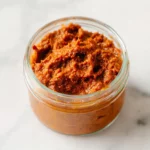
Best Authentic Thai Red Curry Paste
- Prep Time: 5 minutes
- Cook Time: 5 minutes
- Total Time: 10 minutes
- Yield: 2 servings 1x
- Category: Sauces & Marinades
- Method: Blending
- Cuisine: Asian, thai
- Diet: Vegan
Description
Best authentic Thai red curry paste is the key to achieving the rich, bold flavors that make Thai cuisine so beloved. In this guide, we’ll walk you through everything you need to know to create your own paste at home using fresh, traditional ingredients. You’ll learn what makes a paste truly authentic, discover the essential herbs and spices, get step-by-step preparation instructions, and pick up expert tips for storage and use.
Ingredients
2 shallots chopped
1 lemongrass stem trimmed and finely chopped (about 2.5 – 3 tbsp)
2 tbsp galangal
1/2 tsp lime zest
1 tsp ground coriander
1 tsp ground cumin
fresh turmeric small piece
Fresh Coriander thin bunch
6 kaffir lime leaves
3–4 red chilis soaked in water
Instructions
Add all ingredients and a little water to a blender or food processor, then blend to smooth paste.
Keep scraping down the sides while you are blending and add more water, if required.
Once the paste is ready, use it immediately to make Thai red curry! or refrigerate for upto 2 days or you can freeze it for about a month.
Notes
Nutrition Values
It is calculated on the basis this quantity makes curry for 8 people so I have listed it as 8 servings and divided the calories as per that assumption
Nutrition
- Serving Size: 1 serving
- Calories: 58 kcal
- Sugar: 2g
- Sodium: 10mg (naturally occurring)
- Fat: 0g
- Saturated Fat: 0g
- Unsaturated Fat: 0g
- Trans Fat: 0g
- Carbohydrates: 12g
- Fiber: 3g
- Protein: 1g
- Cholesterol: 0mg
